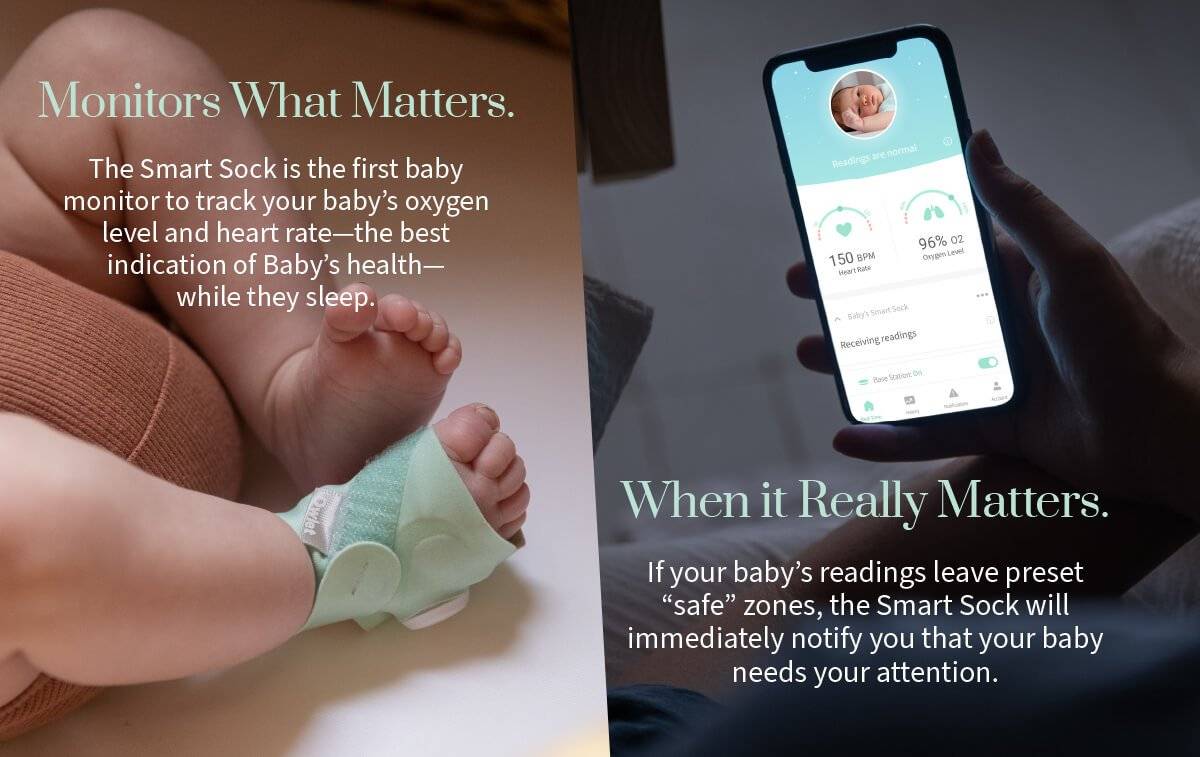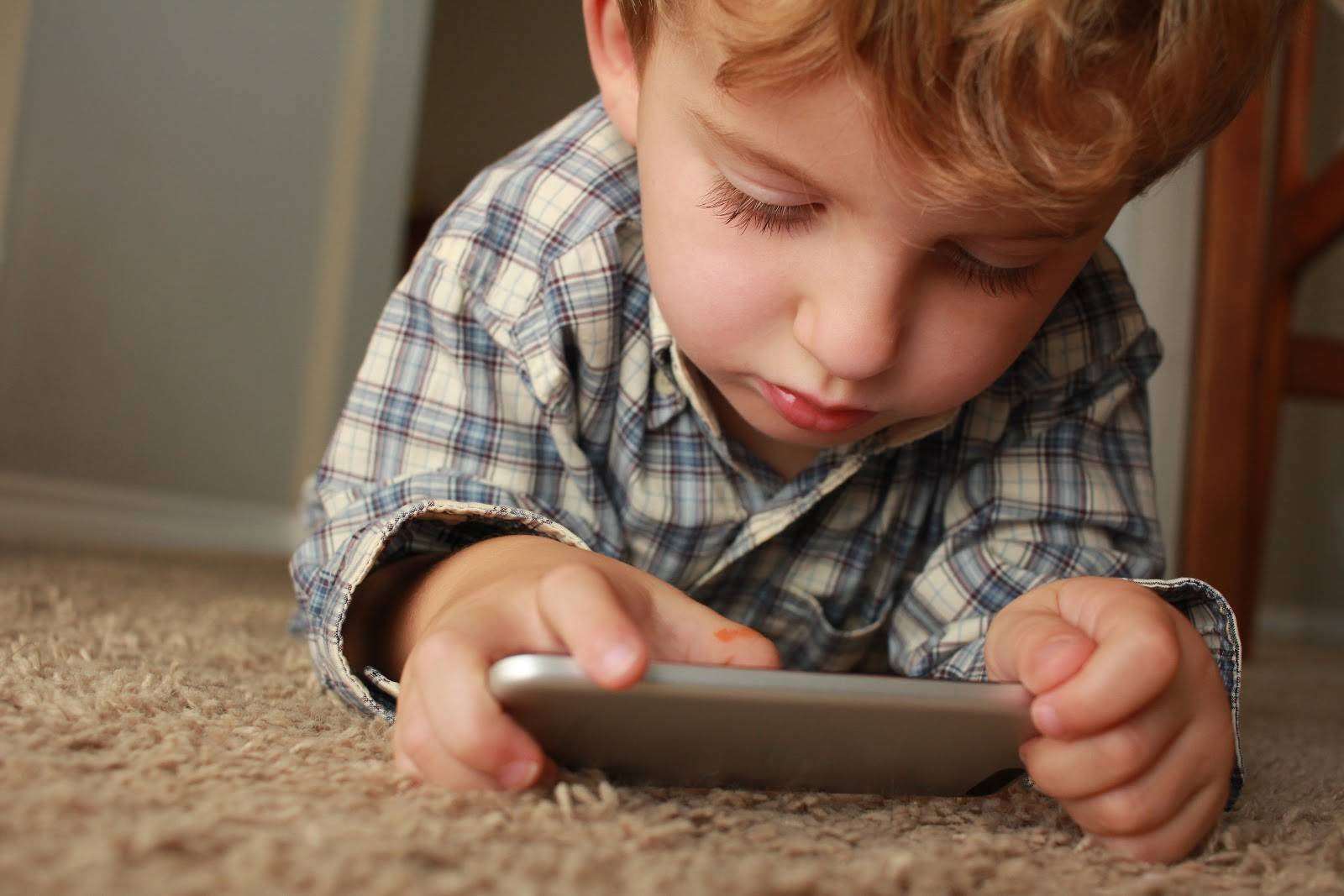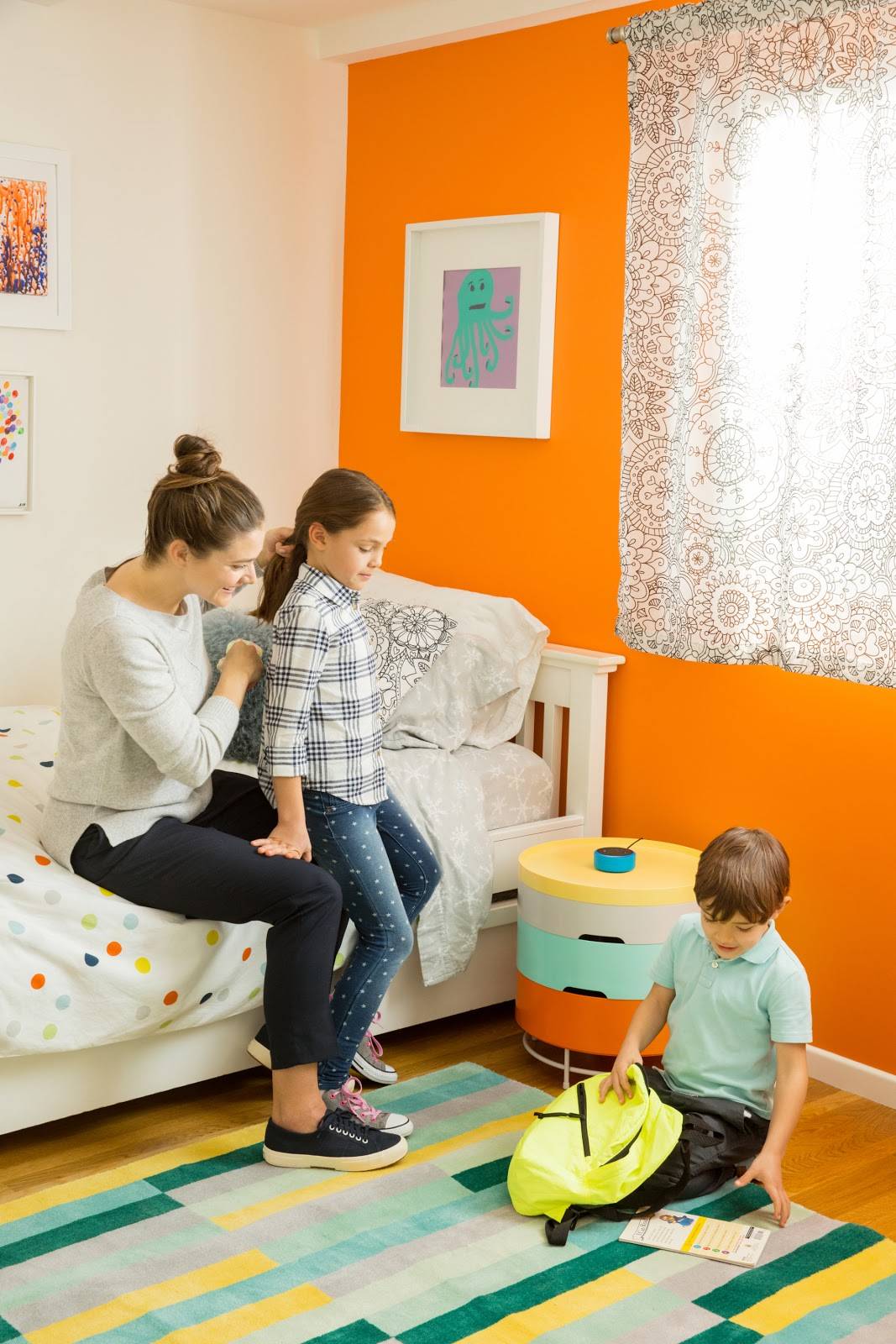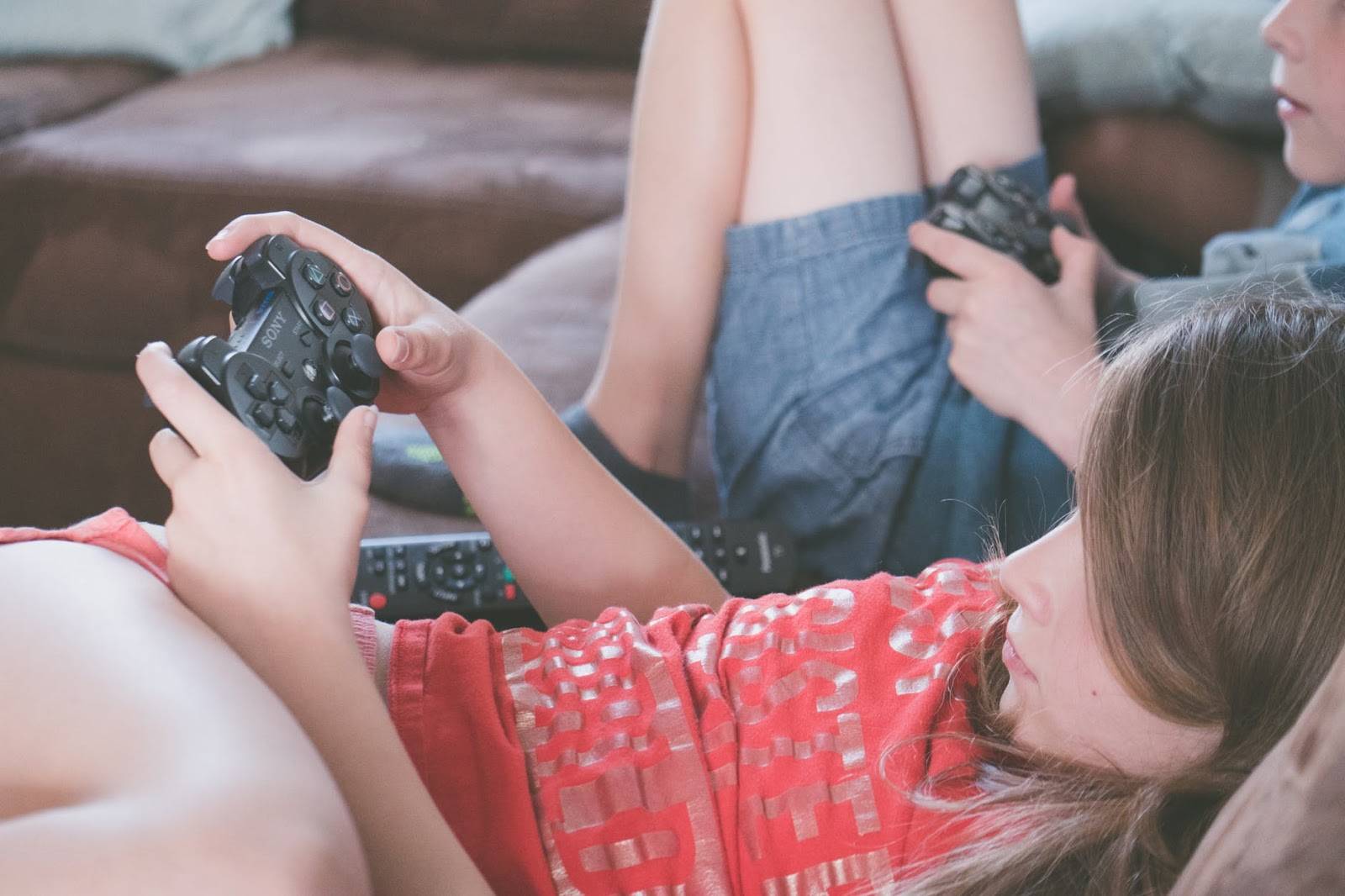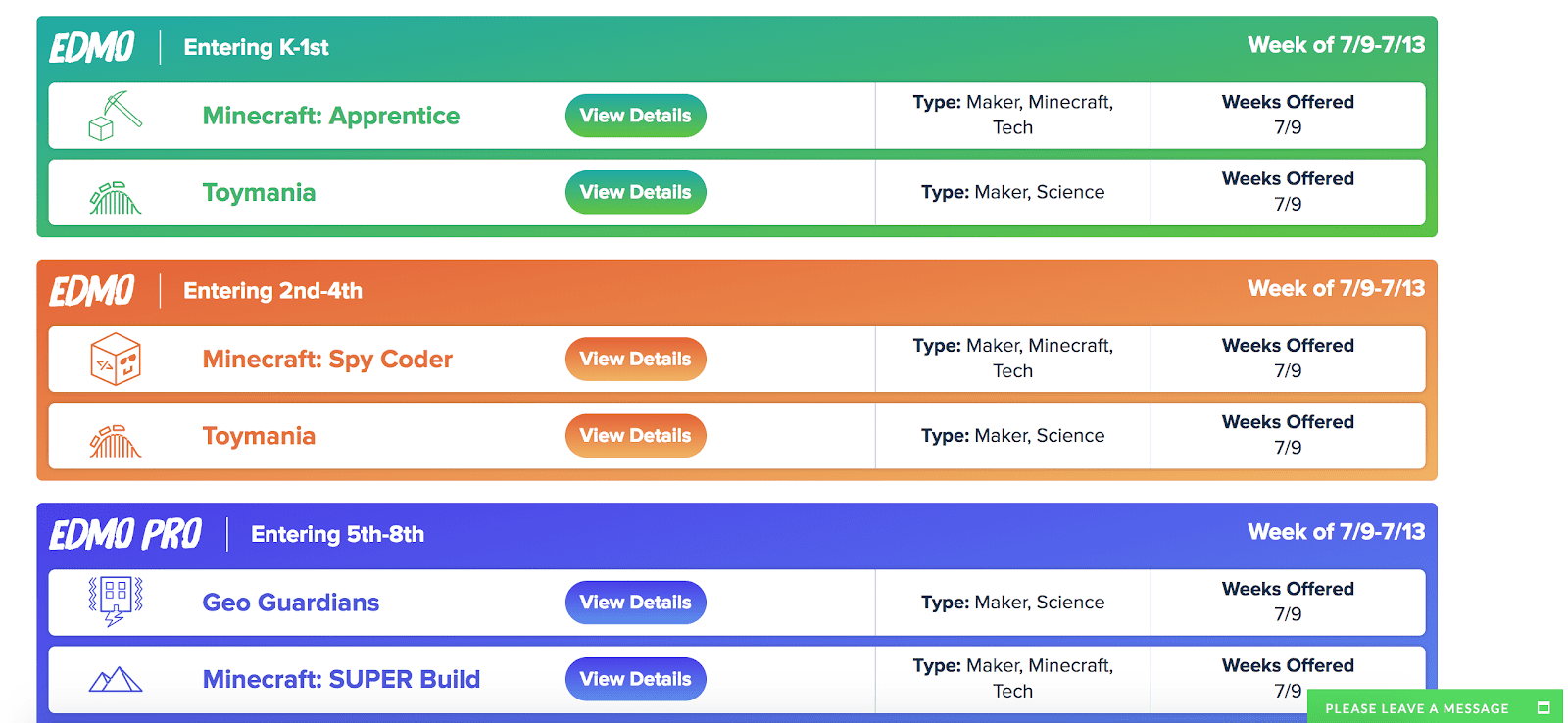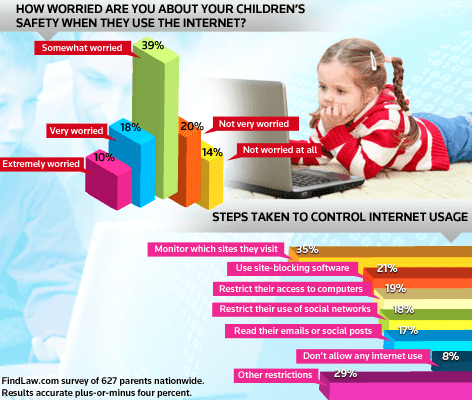In their book, “Toddlers on Technology,” Patti Wollman Summers (early childhood educator and Head of the Parenting Program at the Mandell School), neuropsychologist Ann DeSollar-Hale, PhD, and Heather Ibrahim-Leathers explore the way today’s toddlers are interacting with technology. Is time spent with digital media helpful, harmful, or both?
According to a study released in October 2013 by Common Sense Media, “Zero to Eight: Children’s Media Use in America 2013”:
“Among families with children age 8 and under, there has been a five-fold increase in ownership of tablet devices such as iPads, from 8% of all families in 2011 to 40% in 2013.”
In spite of the American Academy of Pediatrics (AAP) recommendation that parents restrict access to media for children under the age of 2, Common Sense Media reports that “38% of children under 2 have used a mobile device for media (compared to 10% two years ago).”
While these statistics maybe alarming to the AAP, the writers of “Toddlers on Technology” insist that exposure to appropriate apps on a mobile touchscreen device actually has some significant benefits, even for young children.
Why would a longtime early childhood educator and neuropsychologist make statements contrary to the AAP’s guidelines? The authors explain that there have been no reliable, scientific studies completed with regard to the effects of tablet use on young children. The iPad came out in 2010, and that’s not enough time for a randomized, longitudinal study. Existing studies are incomplete and so far inconclusive. In their book, the writers build off the experience of Patti Summer’s 30 years in early childhood education to share observations about how today’s children appear to be benefiting from tablets and learning apps.
we can help you figure out what tech can help you tech your kids!
Ms. Summer’s observations on the learning habits of today’s toddlers are intriguing. Apparently the form of learning that was prevalent when I was young – parental drilling about letter and number recognition, etc. – actually led children to be resistant to formalized education. Teachers had difficulty introducing letters and numbers in the classroom, because children had become conditioned to the correction received by their parents when they gave a wrong answer, making them resistant to those same concepts at school.
The game-like nature of learning on touchscreen mobile devices has made learning fun again. A tablet is non-judgmental. Children can take as long as they want with a concept without being propelled forward or scolded for a wrong answer, which takes a lot of the pressure off learning.
From an educator’s point of view, preschoolers who’ve had access to touchscreen mobile devices with age appropriate learning apps are far more relaxed and excited about formal learning (letters and numbers) because they recognize the concepts from their games and feel a sense of success and accomplishment about them.
According to the author’s observations, the mobility of a tablet allows the toddler to move around, take the device with them, and stay engaged longer. This translates to longer attention spans in the classroom.
The touchscreen is far more engaging and interactive than a stationary TV screen or computer with mouse and keyboard. Time spent in front of a TV, even if it’s Sesame Street or a nature documentary, is passive, while a touchscreen device requires the child’s input and action to progress.
Any parent who’s had to read the same story 1,237 times can attest to a child’s love of repetition. Dr. DeSollar-Hale explains that repetition is a key component to the way children learn. Their brain needs repetition to strengthen their synapses, and the device will let the child explore the same concept over and over until the information is truly imprinted.
This perspective is certainly comforting to parents like me. My youngest could zip around an iPad at about 18 months and I always felt guilty when I’d hand her my phone to keep her hands busy during diaper changes. However, there are some key components to making tech time beneficial and not just a mindless distraction.
First, it’s imperative that parents choose the right apps. The authors offer that the best apps are easy to navigate, offer visually appealing and age appropriate content, and include rewards – either verbal affirmation of a correct answer or task completion, a sticker page, or engaging visual scene. Once you’ve vetted the app and sat with your child to help them learn to navigate, let them play independently without hovering and directing.
Second, find ways to carry over lessons and activities into real life. For example, if your child loves a game with animal pictures and sounds, visit a zoo or pet store. Mimic the sounds and talk about where the animal lives, what they eat, if they’re a pet or a wild animal. The authors offer some suggestions for apps they like with detailed reviews and lots of ideas to integrate the concepts into real-world games and activities.
Finally, limit your child’s time with electronics. Real life experiences are far superior learning tools than the iPad, and you need to maintain a balance so that your child is still socially engaged and interested in playing with humans, too. If every time they have to sit still for five minutes you hand them a distraction, they’ll have a tough time learning patience. Just know that if you occasionally hand over your phone after dinner in order to finish an adult conversation, you both stand to benefit.

About The Author: Andrea Eldridge is CEO and co-founder of Nerds On Call, a computer repair company that specializes in on-site and online service for homes and businesses. Andrea is the writer of a weekly column, Nerd Chick Adventures in The Record Searchlight. She prepares TV segments for and appears regularly on CBS, CW and FOX on shows such as Good Day Sacramento, More Good Day Portland, and CBS 13 News, offering viewers technology and lifestyle tips. See Andrea in action at callnerds.com/andrea/.

